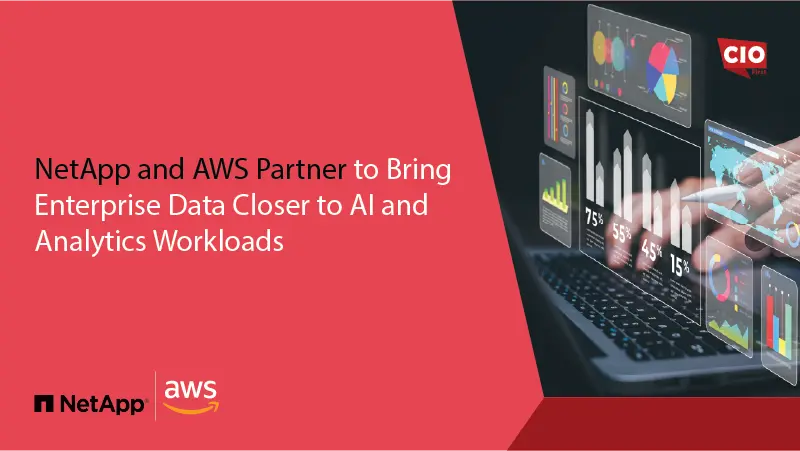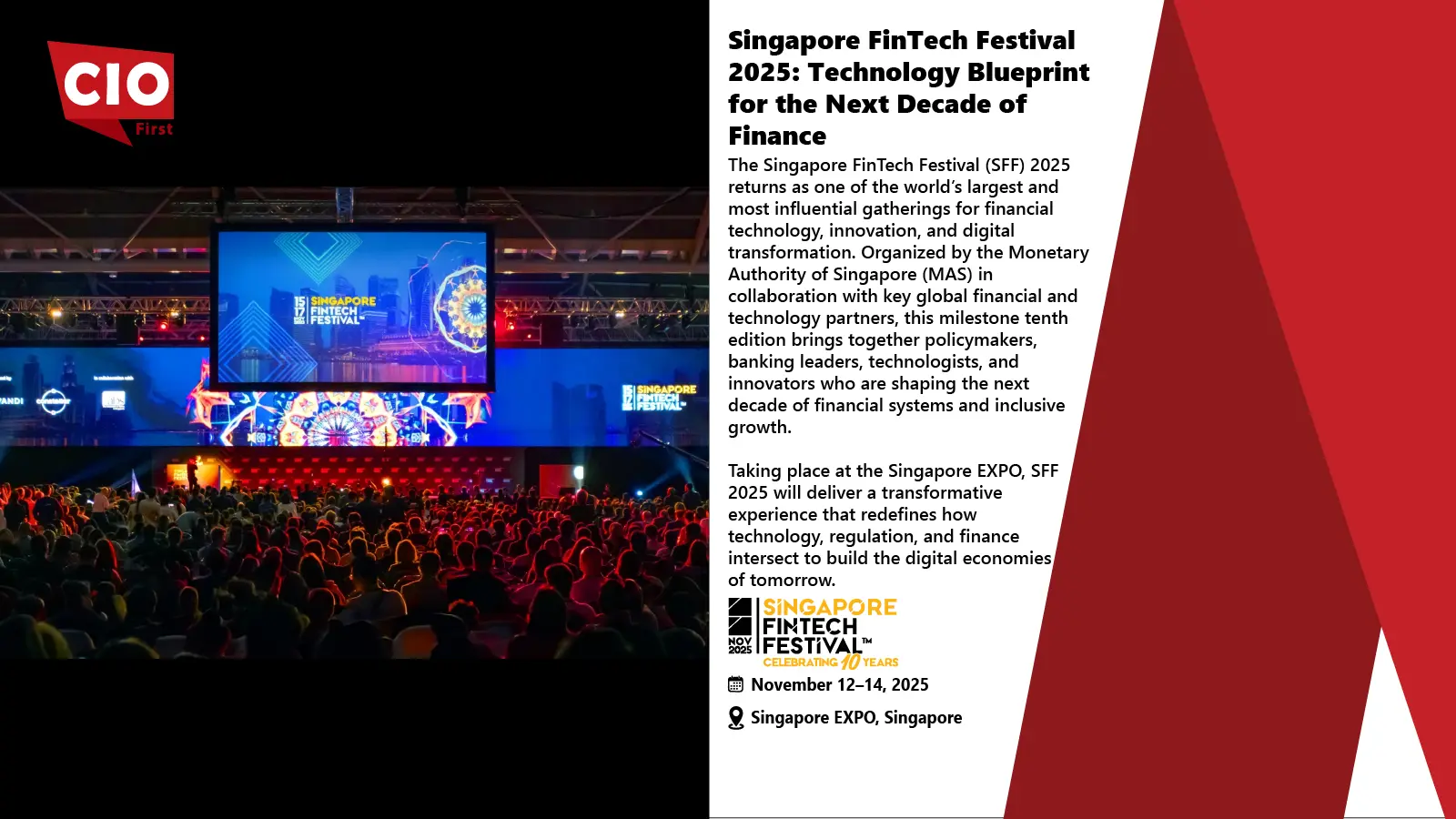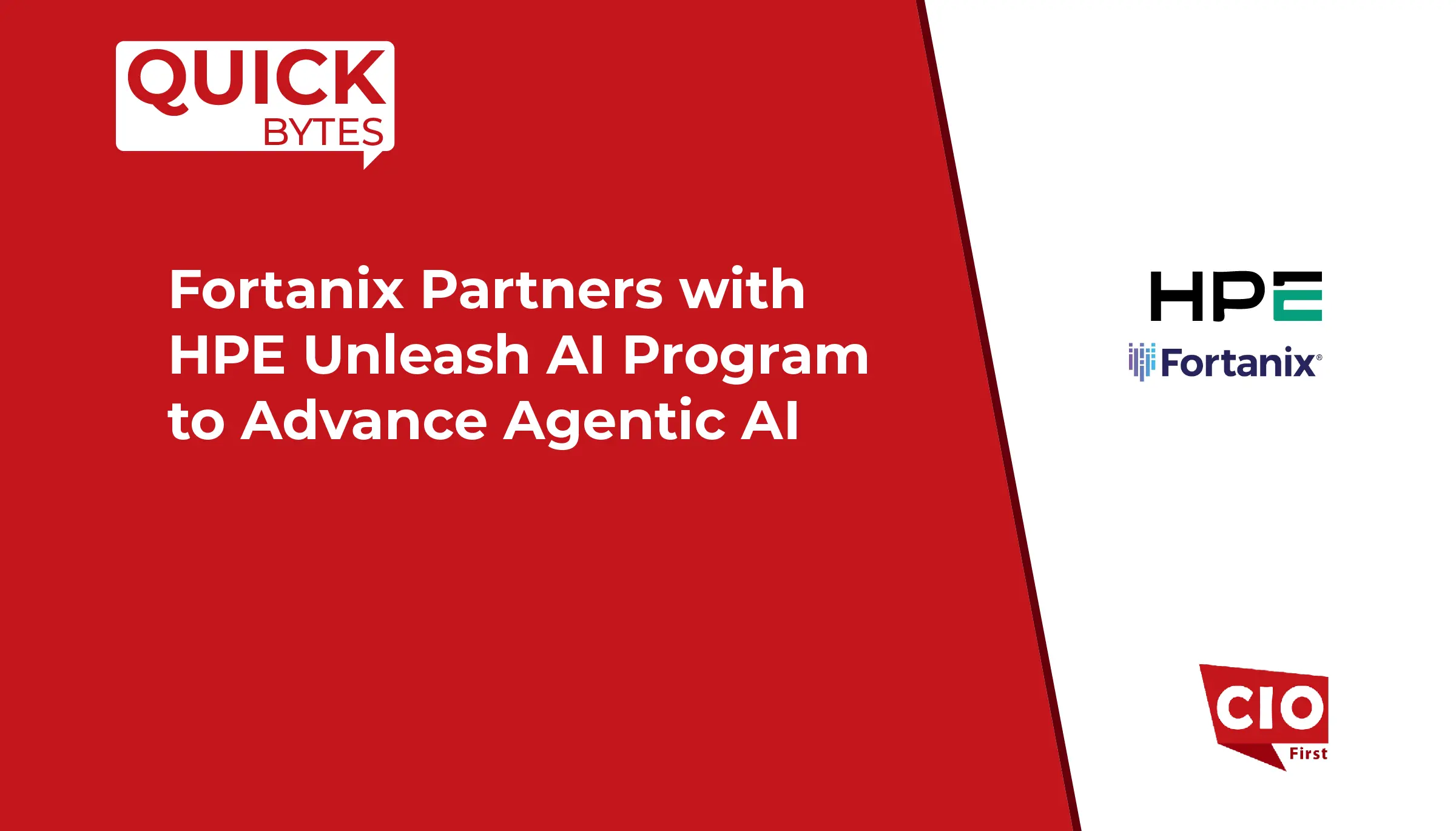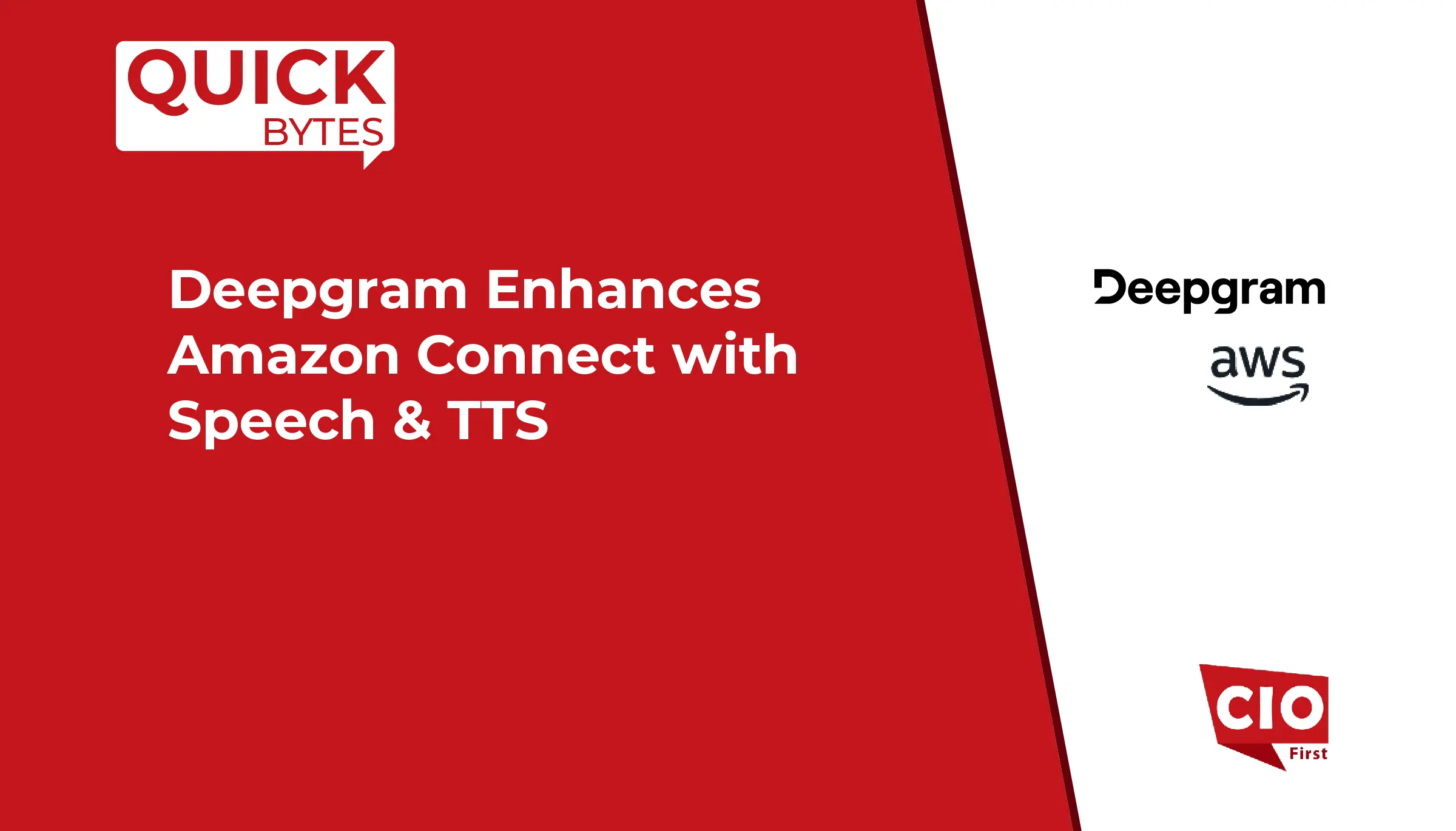Singtel and Hitachi, Ltd. have signed a Memorandum of Understanding (MOU) to collaborate on next-generation data centers and GPU Cloud in Japan and potentially the wider Asia Pacific region under the lead of Singtel’s Digital InfraCo unit. The strategic partnership will combine Singtel’s extensive data center and connectivity expertise and technology platforms with Hitachi’s differentiating capability that enables end-to-end data center integration including green power solutions, cooling systems, storage infrastructure and data management. Together, the companies intend to sustainably enhance data center performance and capabilities, thereby accelerating AI adoption and digital transformation of enterprises.
Notably, the agreement expands on a partnership announced by the companies in June 2024 to trial and integrate Singtel’s Paragon, the all-in-one orchestration platform for 5G, edge computing and cloud, with Hitachi’s AI applications for Hitachi’s manufacturing operations as well as enterprise customers. Through Singtel’s Paragon platform and Hitachi’s deep AI expertise, both companies aim to address the complexities faced by customers when deploying AI capabilities.
*1 Press release (June 27, 2024) ”Singtel and Hitachi Digital Partner to Accelerate Industrial AI Solutions”
With the rapidly growing demand for AI and cloud services, Japan has become one of the largest and fastest growing data center markets in the Asia Pacific region. The market is expected to achieve a compound annual growth rate of 9.8% and reach US$5 billion by 2028.
Also Read: CIOFirst’s Weekly Roundup: Discover the Most Recent News From IBM, Red Hat, Open AI and AMD!
*2 Structure Research, Japan (Tokyo & Osaka) DCI Report 2023: Data Centre Colocation, Hyperscale Cloud & Interconnection
Mr. Bill Chang, CEO of Singtel’s Digital InfraCo, said, “Our strategic partnership with Hitachi, a leader in digital systems and services fields, opens up new opportunities in a strategically important and expanding Japanese market. Building a strong ecosystem of partners has always been a priority at Singtel to better serve our customers and broaden our global reach. We look forward to bringing our collective expertise, digital assets and solutions to help more enterprises innovate and transform their businesses and operations through the cloud and AI. As we scale our digital capabilities with our partners like Hitachi, we aim to become a leader in the Asia Pacific region.”
Singtel carved out Digital InfraCo in mid-2023 to serve as a catalyst for innovation and economic growth for Asia Pacific’s digital economies. Digital InfraCo’s portfolio includes Nxera, its regional data center arm, subsea cable, and satellite businesses, and Paragon platform which are all crucial to advancing AI in the region. Digital InfraCo plans to launch GPU-as-a-Service (GPUaaS) later this year to better support enterprise AI adoption.
Mr. Toshiaki Tokunaga, Executive Vice President and Executive Officer at Hitachi, said, “Since its inception, Hitachi’s corporate philosophy has centered on addressing the challenges faced by customers and society. As generative AI continues to drive new innovations, the issues of environmental impact due to rising electricity demand is becoming more prominent. Striking a balance between these two factors is a significant mission for Hitachi’s Social Innovation Business. We are delighted to embark on this mission through our strategic alliance with Singtel. By combining Singtel’s expertise in the development and operation of sustainable data centers with the comprehensive capabilities of the Hitachi Group, ranging from green power solutions to facility and data management, we aim to enable companies to utilize data centers in an intelligent and environmentally conscious manner; ultimately achieving continuous innovation while promoting sustainability.”
AI-driven data center expansion is a major opportunity for Hitachi’s Social Innovation business expansion and its group businesses such as Hitachi Digital Services, Hitachi Energy and others as the expansion calls for the successful integration of all areas where Hitachi uniquely excels: information technology, operational technology and products.
The key areas covered by the MOU are:
Explore next-generation data center collaboration in Japan and Asia Pacific to address AI demand: Nxera and Hitachi will explore opportunities to develop data centers across Japan and the rest of the Asia Pacific region. With the continued growth in cloud and AI momentum, it is important to operate smart and environmentally sustainable data centers through high efficiency, high quality data center management. Such an initiative would draw on Nxera’s expertise in data center design, building and operation along with Hitachi’s expertise in the production and delivery of data-center-focused equipment, next-generation energy solutions and advanced IT systems management that ensure stable operations within data center environments.
Nxera is developing a platform of sustainable, hyper-connected AI-ready data centers in the region with a total capacity of more than 200MW in addition to 62MW of existing capacity in Singapore.
Combine Singtel’s GPU platform with Hitachi’s AI expertise to develop enterprise applications: Hitachi will explore using Singtel’s GPUaaS for its internal AI applications and workloads. This effort would allow Hitachi to verify complementary Singtel-based benefits that can enhance Hitachi’s high-performance machine learning, generative AI, and other digital technologies and solutions. Subsequently, it would provide an opportunity for both companies to define more power-efficient methodologies that could advance any enterprise’s sustainability goals.
Based on the results of Hitachi’s internal GPUaaS verification, the companies may also explore the co-creation of enterprise-grade applications that combines Hitachi‘s expertise, including its generative AI technologies and platform, with Singtel‘s GPU cloud and Paragon platform. The aim is to further reduce customer development and deployment times as well as management and deployment overhead for AI applications.
SOURCE: BusinessWire
























